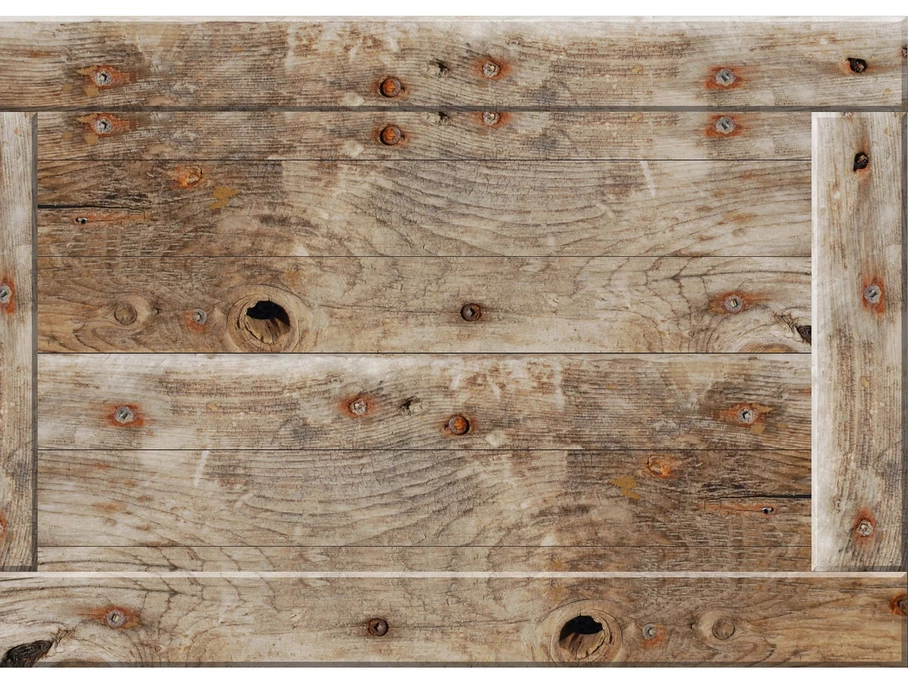However, the improper shipping of wood crates can lead to more harm than good and negatively impact your bottom line. Here are six key mistakes to steer clear of when using wood crates.
1. Neglecting crate cleanliness (especially with reuse)
Don’t underestimate the importance of maintaining clean crates, especially if you plan to reuse them. Even if they appear clean, allowing residue, dust, or dirt to accumulate can contaminate products. To ensure cleanliness, regularly clean the interior of each crate using a damp rag. For stubborn stains or unusual odors, a mixture of water and vinegar can effectively do the job.
2. Failing to optimize cargo space
Wood crates are designed to be stacked – so do it. To make the best use of space, you need to ‘cube out’ or optimize the crates to reach the volume limit of the shipping container. That way, there’s no space for items to move or get damaged during transport.
3. Disregarding pallet usage
To enhance security during shipping, always stack wood crates on top of wood pallets. However, it’s crucial to use pallets that match the size of your crates. If your crates are larger or smaller than standard sizes, custom pallets are essential to maximize space. Oversized crates may hang off the pallet, while undersized ones can create gaps, increasing the risk of damage during loading. Uneven pallets can also pose challenges when using forklifts.
4. Overlooking international shipping standards
International shipping standards may seem daunting, but understanding and complying with them is essential. Different countries have varying size and material requirements for crates. To prevent issues during transport, seek guidance from packaging experts who are well-versed in international regulations. They can provide optimal packaging designs that adhere to international standards.
5. Ineffectively packing crates
Effective interior stacking is just as vital as external stacking. While wood crates can handle substantial weight, overloading them is not a wise strategy. Instead, maximize their interior space potential by using the appropriate amount of dunnage and designing the interior thoughtfully.
6. Infrequently inspecting crates
Although wood is durable, it is not impervious to wear and tear. If you plan to reuse your crates, regularly inspect them. Wood can deteriorate, rot, and develop cracks over time. Additionally, nails can rust and become loose, potentially leading to product damage if they fail.
At ProtecPac, we have extensive experience in crafting custom wood crates tailored to meet the unique needs of our clients. Our expertise extends to export and transport packaging design, ensuring your international shipping requirements are met with excellence. For more information on how we can assist you, please contact us today!

